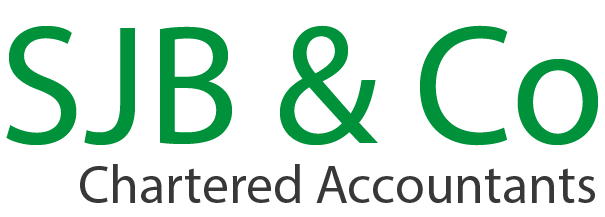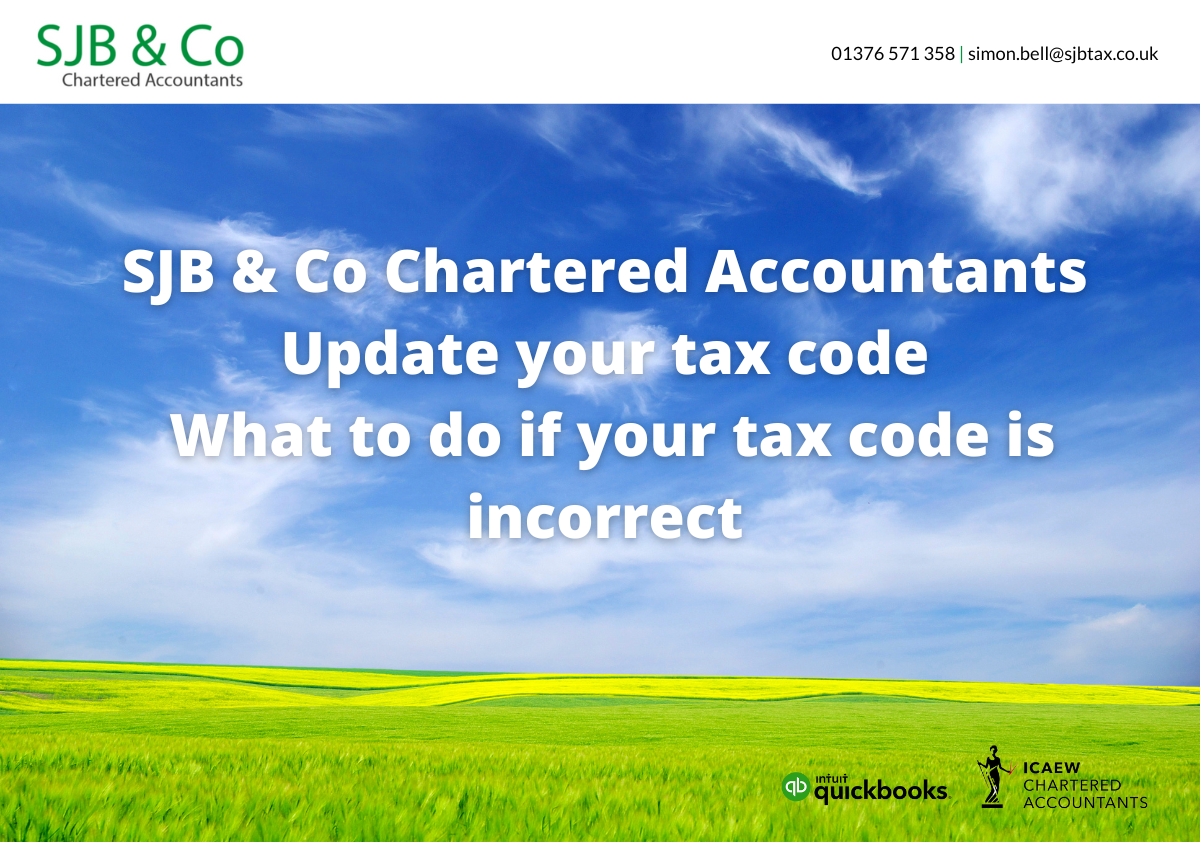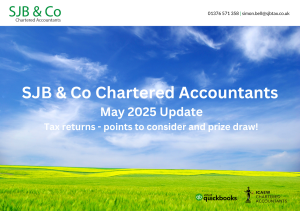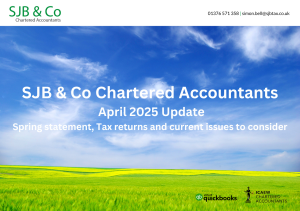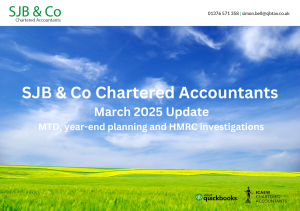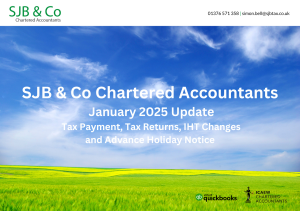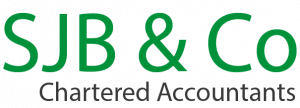The tax code is fundamental to the operation of PAYE. It indicates how much ‘free pay’ an employee is able to receive each time they are paid and, depending on the code, the rate at which tax should be deducted. HMRC operate a system of dynamic coding whereby they update your tax code during the year to reflect changes in your circumstances. The tax code can also be adjusted to allow underpayments of tax to be collected through PAYE.
Key dates
If you receive a tax code for 2023/24 before the start of the 2023/24 tax year on 6 April 2023, you should check that it is correct. If it is not, contact HMRC as soon as possible and ideally before 5 April 2023 so that the correct tax code can be used from the start of the 2023/24 tax year.
This note explains the nature of the tax code and how to update it.
Nature of the tax code
The tax code is the mechanism by which HMRC collect the right amount of tax under PAYE from an employee’s pay.
You may be sent a notice of coding by HMRC (form P2) telling you what your tax code is. You can also find your tax code on your payslips or by logging into your personal tax account.
Understanding your tax code numbers
Your tax code comprises numbers and letters.
The number tells your employer or pension provider how much tax-free pay you are entitled to receive for the tax year. For example, if you are entitled to the personal allowance of £12,570 for 2022/23 or 2023/24 and you have no adjustments to your tax code, your tax code will be 1257L.
Your tax code may be adjusted to collect tax on benefits in kind or unpaid tax. For example, if you are entitled to the personal allowance of £12,570 and have a company car with a cash equivalent value of £5,000 which is not payrolled, your allowances will be adjusted by £5,000 to collect the tax on your company car. Your tax code will be 757L, indicating your tax-free pay for the year is £7,570 (£12,570 – £5,000).
You should check how your tax code number is calculated and that your allowances and any adjustments are correct. The number is your net allowances with the last digit removed.
Understanding your tax code letter
The letter indicates your personal circumstances. The most popular suffix letter is L, indicating that you are entitled to the standard personal allowance, which for 2022/23 and 2023/24 is £12,570.
If you have transferred the marriage allowance to your spouse or civil partner, your personal allowance is reduced by £1260 to £11,310. Where this is the case, your tax code will have the suffix letter M, and if you have no other adjustments to your tax code, your tax code will be 1131M. The recipient of the marriage allowance has the suffix letter N, and in the absence of other adjustments, a tax code of 1383N (indicating a personal allowance of £13,830)
A suffix letter T indicates that the code includes other calculations to work out your personal allowance.
Special code
There are some special tax codes that do not follow the number followed by a letter format.
Code BR indicates that all of your income is to be taxed at the basic rate. Code D0 indicated all your income is taxed at the higher rate, while code D1 indicates that all your income is taxed at the additional rate.
Other special codes include 0T, which indicates that your personal allowances have been used elsewhere (and you have zero allowances).
If your code has a K prefix this means that your deductions exceed your allowances and the number element is treated like additional pay.
If you are a Scottish taxpayer your code has an S prefix, indicating your employer should tax your pay using the Scottish income tax rates. Welsh taxpayers have a C prefix.
Emergency tax code
An emergency tax code may be used while your employer is waiting for a tax code from HMRC. The code may 1257W1, 1257M1 or 1257X. You will pay tax on income above the standard personal allowance. A W1 or M1 suffix indicates that PAYE is calculated on a non-cumulative basis on the pay for that week or month only.
Update your tax code
If you receive a tax code from HMRC you should check that it is correct. HMRC will normally issue a new tax code if your circumstances change.
If your tax code is incorrect, for example, it reflects a company car or other benefit that you no longer have, you can use the online service to check your income for the current tax year (www.gov.uk/check-income-tax-current-year) and to tell HMRC about changes to your income. You can also call HMRC on 0300 200 3300. We can also contact HMRC on your behalf.
Please feel free to forward this newsletter to any colleagues or friends who may be interested in it.
For more information or to discuss any issues raised above please contact Simon Bell by phone on 01376 571358 or email [email protected]
This newsletter is written in general terms and therefore cannot be relied on to cover specific situations; applications of the principles set out will depend on the particular circumstances involved and it is recommended that you take professional advice before acting or refraining from acting on any material in the newsletter.
